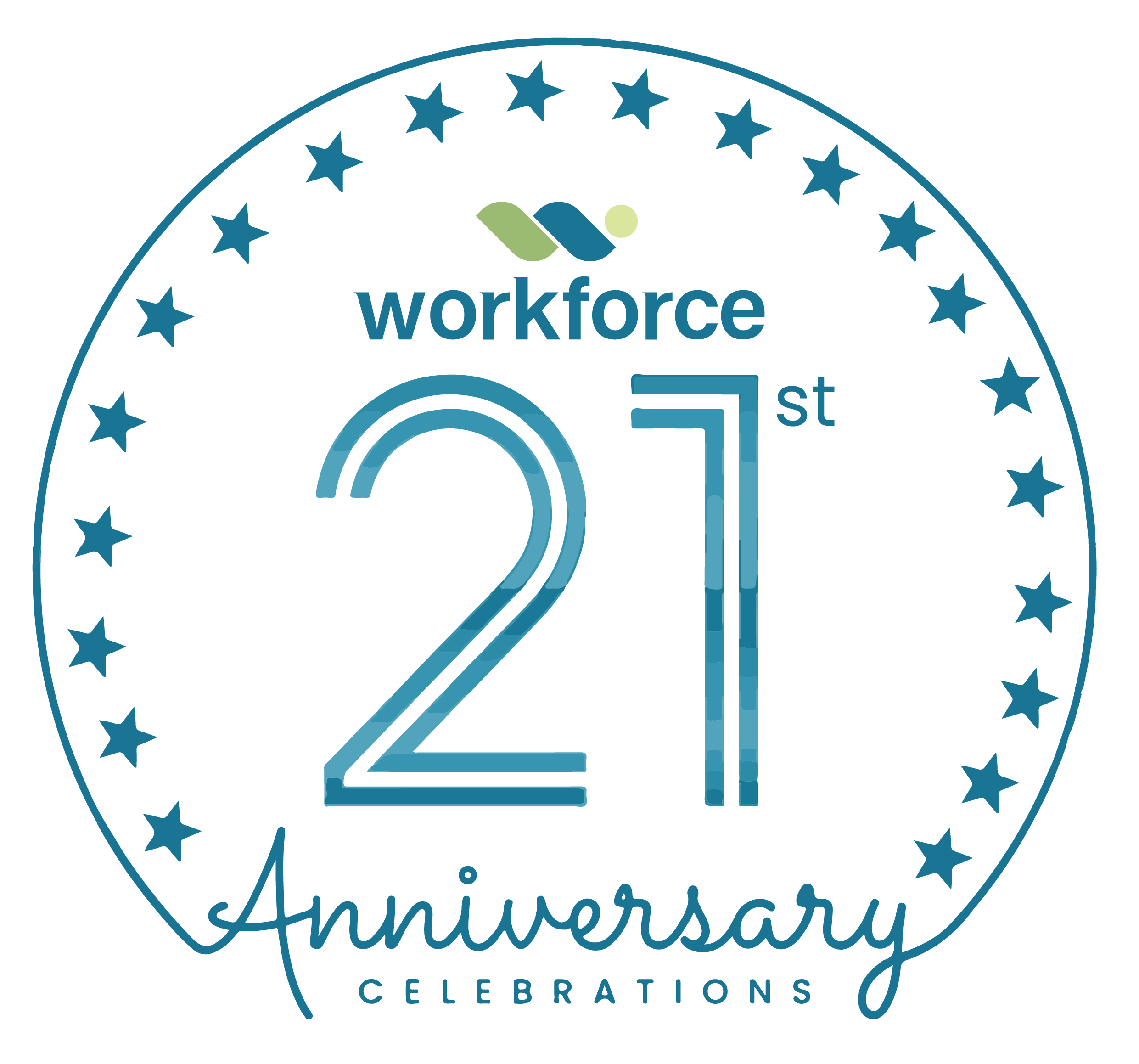Leadership assessments have long been hailed as essential tools for identifying high-potential talent, nurturing emerging leaders, and driving long-term organisational success. When executed effectively, they help professionals understand their strengths, highlight areas for development, and chart a clear path for career advancement.
Yet in practice, the phrase “leadership assessment” often provokes sighs rather than enthusiasm. Many professionals experience them as time-consuming, irrelevant, and detached from their daily responsibilities. Rather than offering clarity and direction, these tools can sow confusion, misalignment, and even disengagement.
The problem isn’t with the concept of assessment itself but with how it is designed and delivered.
Leadership assessments that fail to consider the evolving demands of the modern workplace are not merely ineffective they can be counterproductive. However, by focusing on practicality, transparency, and real-world relevance, these tools can become powerful drivers of personal and organisational growth.
In this article, we explore the most common reasons leadership assessments fail—and how to reimagine them as meaningful, results-oriented tools.

The Disconnect: Why Leadership Assessments Miss the Mark
When leadership assessments fail to deliver value, it’s typically due to a misalignment between their design and the realities professionals face in today’s work environment. Below are five of the most frequent pitfalls:
1. Complexity without clarity
Some assessments are riddled with academic jargon, complex models, or abstract theories. While these frameworks may be well-researched, they often lack practical application. Participants can be left confused by terms such as “strategic foresight” or “influence orientation” with little understanding of how these concepts relate to their roles.
Without clear explanations and examples, the assessment’s purpose is lost and participants are left wondering how the results apply to them.
2. Misaligned Language and Tone
Language matters. When assessments use terminology that feels disconnected from the everyday language of the workplace, participants disengage. Jargon-heavy content can make the experience feel contrived or alienating.
For example, asking a team lead to evaluate their capacity to “drive collaborative synergies” may feel out of step with the reality of resolving interpersonal conflict or managing tight deadlines.
3. The Feedback Gap
Perhaps the most significant shortcoming in many leadership assessments is the absence of immediate, actionable feedback. Too often, participants receive lengthy reports weeks after the fact—filled with data but devoid of meaningful guidance.
Professionals want to know: What does this mean for me? What should I be doing differently today?
Assessments that don’t answer these questions leave participants feeling directionless.
4. Lack of Real-World Relevance
When assessments are disconnected from actual workplace challenges, their credibility suffers. If professionals cannot relate the assessment insights to their job responsibilities or career aspirations, the exercise feels like an academic formality rather than a developmental opportunity.
Leadership is not theoretical, it is practical. Assessments must reflect that.
5. Overly Rigid Structures
Standardised assessments often come with inflexible formats and procedures. While structure is important for consistency, too much rigidity reduces the process to a tick-box exercise.
Leadership manifests differently across industries, roles, and cultures. A one-size-fits-all approach cannot account for that diversity. Effective assessments must adapt to the individual and the organisational context.
A New Approach: Transforming Assessments into Tools for Growth
To bridge the gap between intention and impact, leadership assessments need to evolve. The future of assessment lies in clarity, relevance, and actionability. Here’s how organisations can shift towards a more impactful approach:
1. Simplify and Clarify
Use plain, accessible language and practical examples. Avoid abstract phrasing. Rather than asking whether a leader “leverages organisational capability,” ask how they would respond to a scenario involving underperformance on their team.
When participants recognise themselves in the content, they engage more deeply and respond more authentically.
2. Contextualise Every Element
Frame each component of the assessment within the broader goals of the organisation. Help participants understand how particular behaviours or traits align with strategic objectives and leadership values.
This approach fosters stronger engagement and a more meaningful connection between the assessment and daily leadership practice.
3. Deliver Immediate, Actionable Feedback
Timely feedback is essential. Leaders want more than a performance score they want developmental insight.
Every assessment should culminate in a clear summary of:
- Strengths and current competencies
- Areas for improvement
- Specific actions for short- and long-term growth
This turns insight into initiative.
4. Connect to Continuous Learning
Assessment should be the start, not the end, of the development journey. Use the findings to guide individual learning paths, offering tailored resources such as:
- Online learning modules
- Mentorship or coaching programmes
- Targeted workshops or training sessions
This integrated approach reinforces the assessment’s purpose and promotes sustained development.
5. Design for Flexibility and Inclusivity
Put the user at the centre of the process. Offer multiple formats digital, mobile, in-person and make room for cultural nuances and role-specific realities. Allow for participant feedback, and continuously improve the tool based on real-world use.
Flexible, human-centred design fosters ownership and increases the impact of the assessment experience.

The Bottom Line
Leadership assessments should be empowering, not exasperating. When thoughtfully designed and purposefully implemented, they can unlock leadership potential, enhance performance, and strengthen talent pipelines.
But if they are overly complex, impersonal, or irrelevant, they risk becoming little more than procedural formalities.
The solution? Redesign with intention.
Simplify the language. Ground the questions in reality. Deliver clear feedback. Support continuous growth.
When these principles guide your assessment strategy, you transform a passive evaluation into a dynamic development tool.
So here’s a question worth asking:
Does your organisation’s leadership assessment inspire progress or just measure performance?
At Workforce Learning, we partner with organisations to co-create learning and development solutions that deliver measurable impact. Our Leadership Assessment Tools are more than diagnostic, they’re developmental.
Built to align with your organisational goals and leadership framework, our tools provide:
- Clarity on current leadership strengths
- Insight into gaps and growth areas
- Tailored action plans to support long-term development
We believe assessments should guide growth, not just evaluate performance. With Workforce Learning, you’ll gain tools that drive meaningful leadership transformation.
Ready to Reimagine Leadership Development?
Send an email to learning@workforcegroup.com to discover how our tailored leadership assessment solutions can support your organisation’s growth journey.



